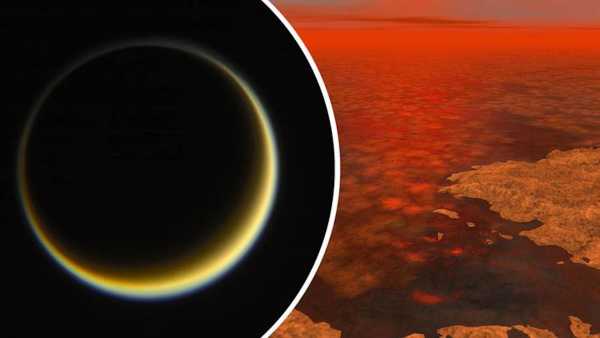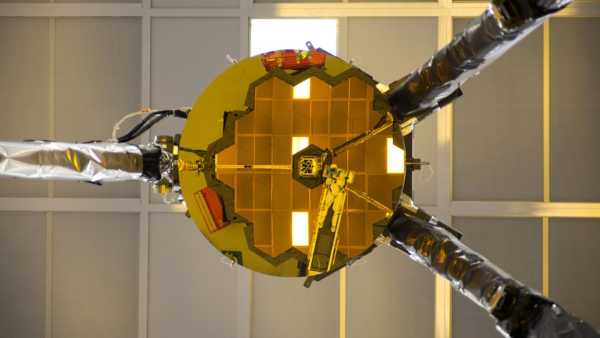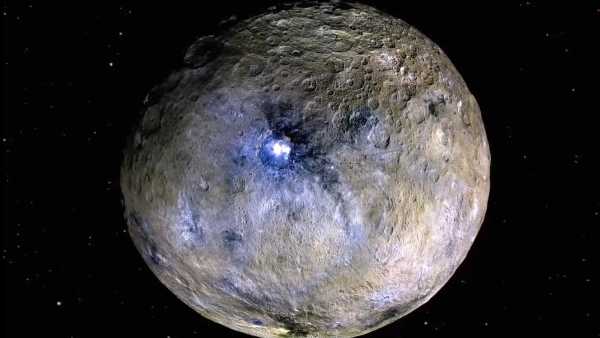
A new study suggests that the dwarf planet Ceres may have once had a radioactive core that could have provided the energy needed to fuel life on the tiny world. (Photo: NASA/JPL-Caltech/UCLA/MPS/DLR/IDA)
A new NASA study hints that Ceres, the closest dwarf planet to Earth, may have once had an ancient “power source” that could have fueled the evolution of alien life in the tiny world's hidden ocean.
Ceres is the largest object in the solar system's main asteroid belt, located between the orbits of Mars and Jupiter. The tiny world is about 950 kilometers (590 miles) wide, about a quarter the diameter of the Moon, making it not quite big enough to be considered a planet. However, it is large enough to be considered a “dwarf planet,” like Pluto, which lost its full planet status in 2006.
There are officially five dwarf planets in our cosmic neighborhood, with more awaiting official recognition by the International Astronomical Union, and many more expected to be discovered in the coming decades. However, Ceres is the only planet located in the inner solar system. The other dwarf planets, including Haumea, Makemake, and Eris, are located far beyond the orbit of Neptune.
You may like
-

Cosmic rays may help support alien life on planets outside the 'Goldilocks zone'
-

In Search of Planet 9: Why There Might Still Be Something Massive at the Edge of the Solar System
-
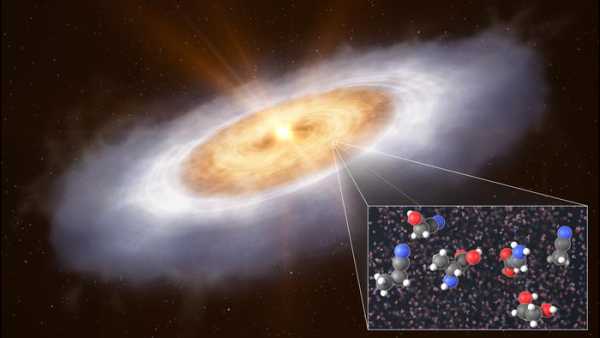
Building blocks of life may be much more common in space than we thought, study claims
In recent years, scientists have learned a lot about Ceres thanks to NASA’s Dawn probe, which visited the site between 2014 and 2018. One of the most intriguing discoveries from Dawn is that the giant space rock is likely a water world: traces of water and salty minerals on the dwarf planet’s icy surface indicate a large brine reservoir miles below the surface. Other research suggests that this subsurface ocean may also contain organic carbon, a key component of all life on Earth.
However, until now scientists believed that life was unlikely to have originated on Ceres, since this dwarf planet does not have an energy source capable of generating life.
But in a new study published August 20 in the journal Science Advances, researchers found that this was not always the case.
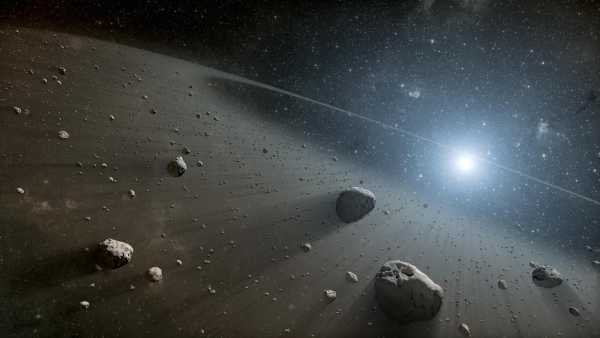
Ceres is the largest object in the main asteroid belt between Mars and Jupiter.
The research team created computer models based on data collected by the Dawn mission to simulate how the rocky body's core changed over time. The results showed that the dwarf planet's interior likely once radiated vast amounts of energy as heat, raising hopes that tiny alien microbes could have emerged from Ceres' hidden ocean.
It could also have “big implications” for the possibility of detecting life elsewhere in the solar system, lead study author Samuel Courville, a planetary scientist at Arizona State University and a former intern at NASA's Jet Propulsion Laboratory, said in a statement.
The researchers believe that Ceres’ core once generated significant amounts of heat as radioactive isotopes gradually decayed. The team believes that this heating continued for 0.5 to 2 billion years after the giant rock formed, which likely occurred shortly after the rest of the solar system formed, about 4.6 billion years ago. At its peak, the core likely reached about 530 degrees Fahrenheit (280 degrees Celsius), the researchers write.
This isn't the first time scientists have suggested Ceres had a radioactive core. But it's the most compelling evidence to date that it generated enough heat to potentially support life.
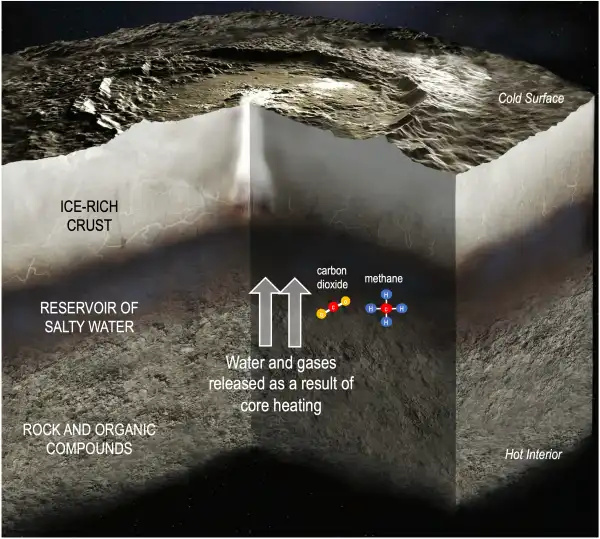
Researchers believe that heat generated by Ceres outside its radioactive core could have created hydrothermal vents that could support life in the dwarf planet's hidden ocean.
In addition to heating the dwarf planet's subsurface ocean to habitable temperatures, the radiation could also have caused plumes of hot, mineral-rich water to shoot up through the ocean floor, similar to the hydrothermal vent systems on Earth that support diverse microbial communities in the dark depths of our oceans.
“On Earth, when hot water from deep within the earth mixes with ocean water, the result is often a veritable feast for microbes – a veritable feast of chemical energy,” Courville said.
RELATED STORIES
— Scientists have discovered a new dwarf planet in our solar system, far beyond the orbit of Neptune.
— The possible discovery of a dozen objects beyond Pluto could reveal a new part of the solar system that we never knew about.
— Astronomers have discovered a new dwarf planet, “Ammonite,” and this could change the existence of Planet Nine.
Astrobiologists have suggested that similar systems could support extraterrestrial life on other water planets in the solar system, including Saturn's moons Enceladus and Titan, and Jupiter's moons Europa and Ganymede.
However, since Ceres' radioactive core disappeared about 2.5 billion years ago, any alien microbes would likely have died out due to the cold, the researchers say. That means the chances of life existing on the dwarf planet today are virtually zero.

Harry BakerNavigate Social LinksSenior Staff Writer
Harry is a senior writer for Live Science based in the UK. Before becoming a journalist, he studied marine biology at the University of Exeter. He covers a wide range of topics, including space exploration, planetology, space weather, climate change, animal behaviour and palaeontology. His recent work on solar maximum won the 2024 Aerospace Media Awards in the Best Space Story category and was shortlisted for the 2023 NCTJ Awards for Excellence in the Breaking News category. He also writes Live Science’s weekly series Earth from Space.
You must verify your public display name before commenting.
Please log out and log back in. You will then be prompted to enter a display name.
Exit Read more

Cosmic rays may help support alien life on planets outside the 'Goldilocks zone'

In Search of Planet 9: Why There Might Still Be Something Massive at the Edge of the Solar System
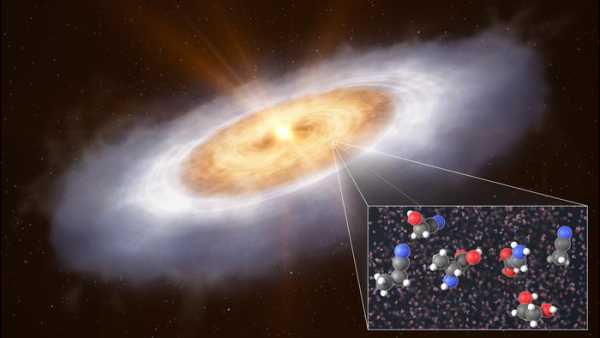
Building blocks of life may be much more common in space than we thought, study claims
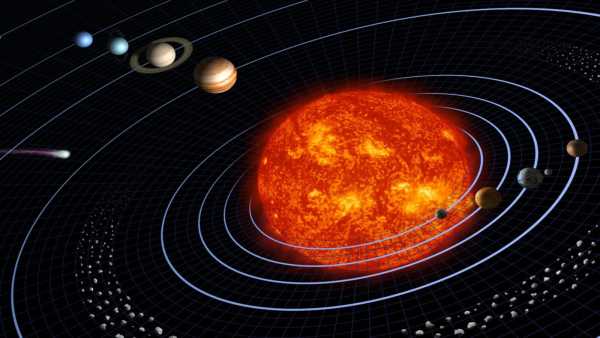
When did the planets of our solar system form? Discovery of tiny meteorite may challenge chronology.
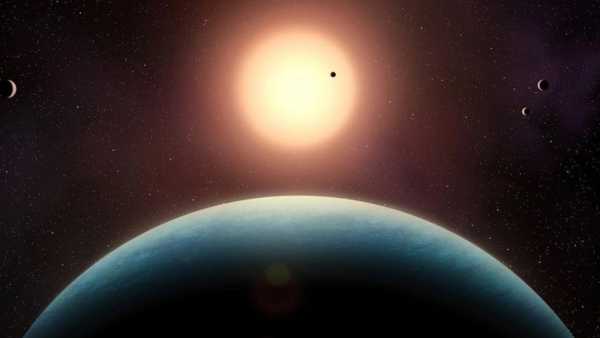
Fifth Planet Discovered Orbiting Nearby Star May Be in Habitable Zone
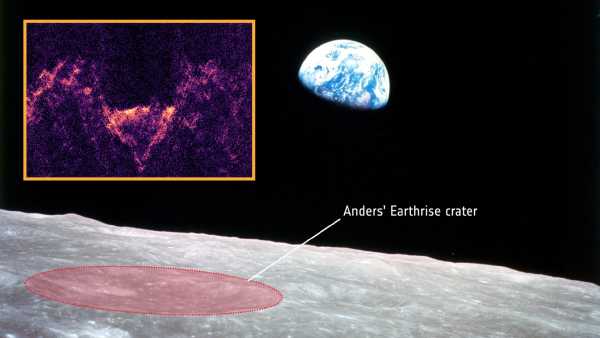
Scientists scan famous Earthrise crater as part of mission to find alien life in our solar system. Astronomy News
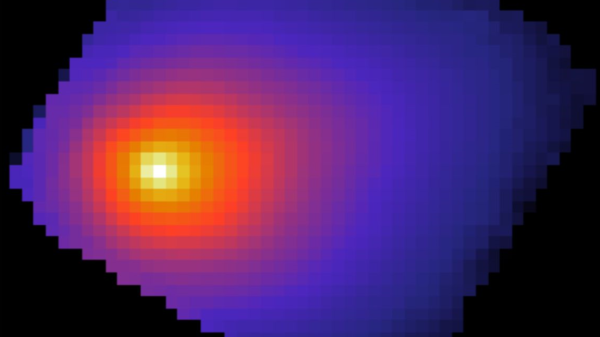
Images from the James Webb Space Telescope show that something strange is going on with the interstellar comet 3I/ATLAS.
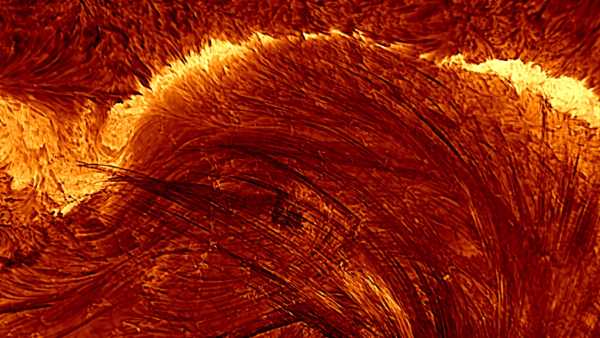
Scientists have released the most detailed photograph of a solar flare ever taken
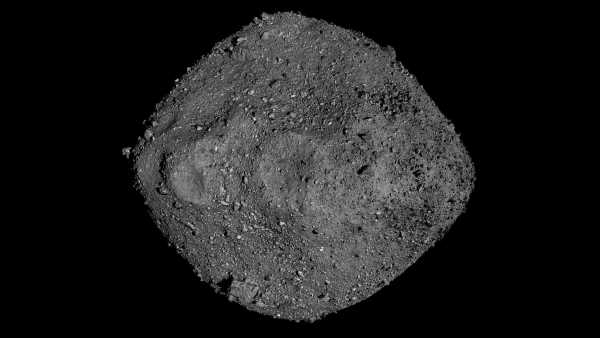
The Bennu sample contains dust that is older than the solar system itself.

James Webb Telescope Captures Brightest FRB Ever Recorded
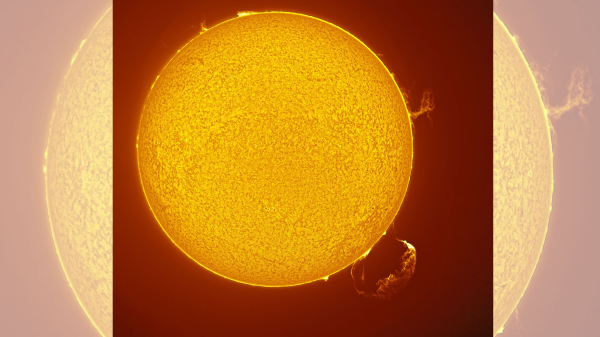
A solar tornado rages across the Sun, spewing out a giant plume of plasma.

Uranus Has a New Hidden Moon, James Webb Space Telescope Says. Latest News.

70-million-year-old dinosaur-eating hyperpredator named after Egyptian god
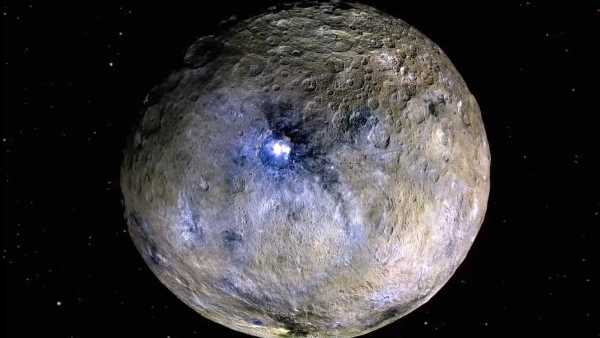
NASA Finds Dwarf Planet Ceres Has Hidden 'Power Source' That Could Have Fueled Alien Life

Clinical studies show that treating gum disease slows the thickening of the arteries.

First trials of new non-laser eye treatment show promising results

A web spider sits in its web, waiting for prey.
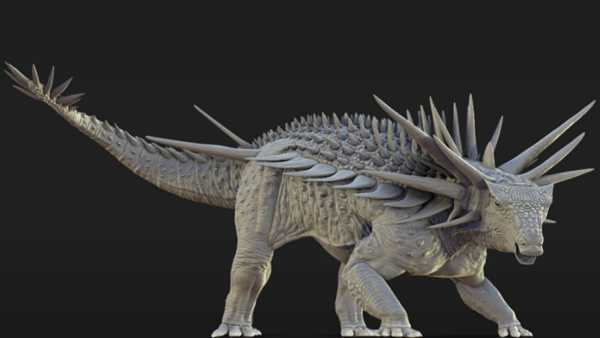
'So weird': Ankylosaurus with 90cm spikes sticking out of its neck discovered in Morocco LATEST ARTICLES

1Garmin Forerunner 970 Review – A Serious Smartwatch for Professional Runners
Live Science is part of Future US Inc., an international media group and leading digital publisher. Visit our corporate website.
- About Us
- Contact Future experts
- Terms and Conditions
- Privacy Policy
- Cookie Policy
- Accessibility Statement
- Advertise with us
- Web Notifications
- Career
- Editorial Standards
- How to present history to us
© Future US, Inc. Full 7th Floor, 130 West 42nd Street, New York, NY 10036.
var dfp_config = { “site_platform”: “vanilla”, “keywords”: “type-news-daily,serversidehawk,videoarticle,van-enable-adviser-
Sourse: www.livescience.com


